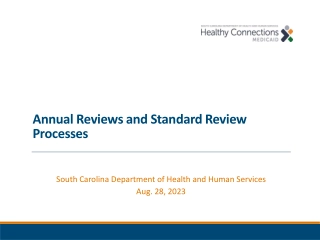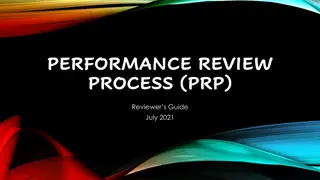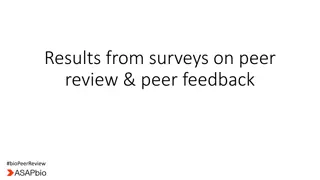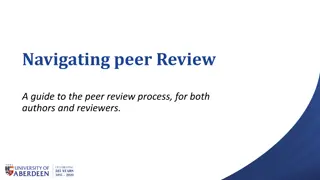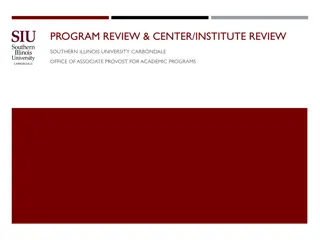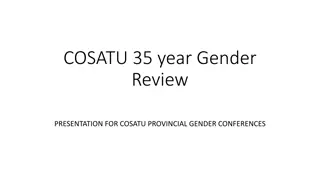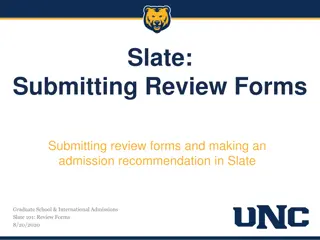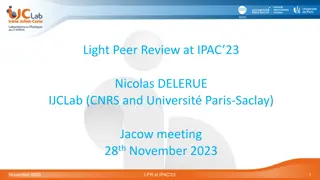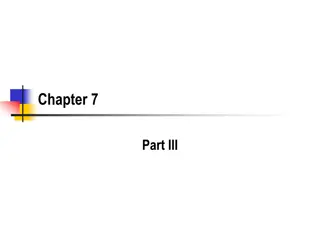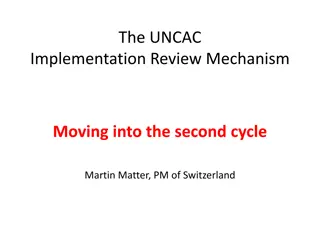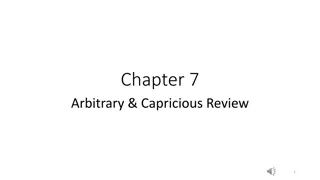
Dynamic Programming Practice for Maximum Subarray Sum and Longest Common Subsequence Problems
Explore dynamic programming concepts through practice problems related to finding the maximum subarray sum and longest common subsequence between two arrays. Get hands-on with recursive approaches and understand the basis for dynamic programming algorithms.
Download Presentation

Please find below an Image/Link to download the presentation.
The content on the website is provided AS IS for your information and personal use only. It may not be sold, licensed, or shared on other websites without obtaining consent from the author. If you encounter any issues during the download, it is possible that the publisher has removed the file from their server.
You are allowed to download the files provided on this website for personal or commercial use, subject to the condition that they are used lawfully. All files are the property of their respective owners.
The content on the website is provided AS IS for your information and personal use only. It may not be sold, licensed, or shared on other websites without obtaining consent from the author.
E N D
Presentation Transcript
Announcements PLEASE fill out course reviews before Sunday I made moderate changes for this version; I m going to make major changes before I teach this course again. Your feedback will help! HW6 will be back soon HW7 won t be back before the final ends, but we will release solutions by sometime Monday. Fill out the poll everywhere for Activity Credit! Go to pollev.com/cse417 and login with your UW identity
Longest Common Subsequence Given two arrays ?1 and ?2 find the length of the longest subsequence that appears on both ?1 and ?2. For example, if ?1 is ?,?,?,? And ?2 is ?,?,?,?,? The correct answer is 3 (corresponding to ?,?,? or ?,?,?). Notice the subsequences are in the order of the original array.
Whats one step? Or said differently, if you were going to try to write a recursive version, what would you consider checking?
DP Practice The sequence C = c1, . . . , ck is a non-adjacent subsequence of A = a1, . . . , an, if C can be formed by selecting non-adjacent elements of A, (in order). The non-adjacent LCS problem is given sequences A and B, find a maximum length sequence C which is a non-adjacent subsequence of both A and B. This problem can be solved with dynamic programming. Give a recurrence that is the basis for a dynamic programming algorithm. You should also give the appropriate base cases, and explain why your recurrence is correct.
Maximum Subarray Sum We saw an ?(?log?) divide and conquer algorithm. Can we do better with DP? Given: Array ?[] Output: ?,? such that ? ? + ? ? + 1 + + ?[?] is maximized. Is it enough to know OPT(i)?
Remember maximum Subarray Sum? max ? ? ,? ? + ??????? ? 1 if ? 0 otherwise ??????? ? = 0 ??? ? = max ??????? ? ,??? ? 1 if ? 0 0 otherwise If we include ?, the subarray must be either just ? or also include ? 1. Overall, we might or might not include ?. If we don t include ?, we only have access to elements ? 1 and before. If we do, we want ???????(?) by definition.
Remember Maximum Subarray Sum? Long subarrays only: Describe and analyze an algorithm that finds a contiguous subarray of ? of length at least ? (i.e. including at least ? elements) that has the largest sum. You may assume ? ?.
Reductions 1. Figure out what you re reducing from and to The known NP-hard problem is the source, the new problem is the target. 2. Understand both your input types (are they both graphs? Is one a graph and the other a list of variables and constraints?) 3. Understand the certificates of each what are you looking for?
Actually designing the reduction Your goal is to transform the certificate of the source problem into the certificate of the target problem AND to not create any false positive certificates.
You are given a directed graph G = (V, E) with weights we on its edges e E. The weights can be negative or positive. The Zero-Weight-Cycle Problem is to decide if there is a simple cycle in G so that the sum of the edge weights on this cycle is exactly 0. Prove that the Zero-Weight- Cycle problem is NP-Complete. (Hint: Hamiltonian PATH)
Thinking under pressure. What is being CS academia/algorithm-researcher like? Do you just sit there staring at questions and reading books until you figure out an algorithm?
Chess moves are a problem that's beyond NP, but now we're able to develop AI that plays the game better than humans can. Does that mean that Non-NP = NP? What are the implications of that?


